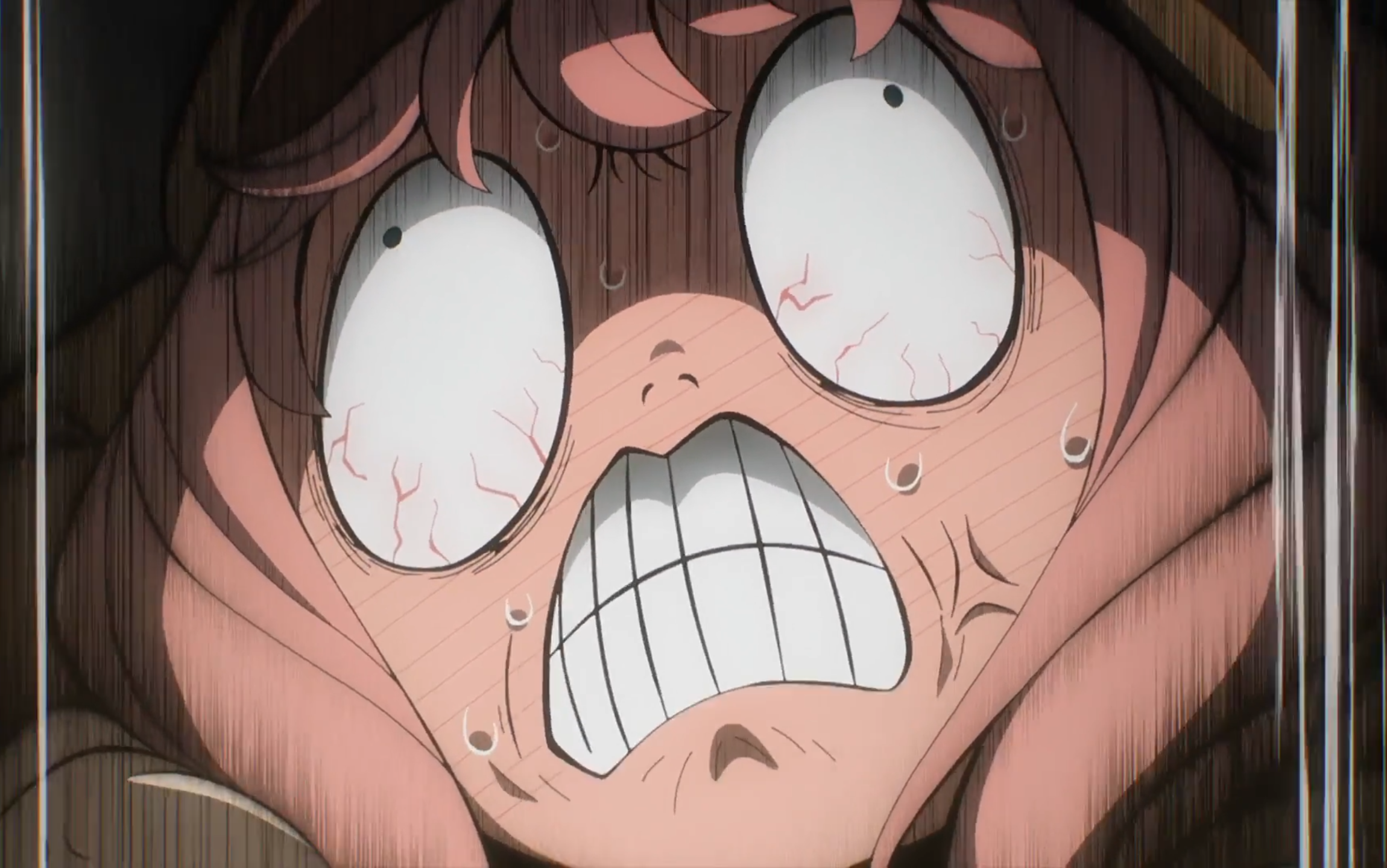For kamikaze shrapnel Sphere 1.1, respectively 1100 g equipped, each ring +400 g
Neat! Lets them size the grenade for the drone capacity and range they want. I’m assuming this setup is also really, really cheap to manufacture too. Looks like 3d printed plastic, lead shot, a high explosive filler, and a trigger mechanism. All of that is in pretty high supply and at low cost.
My guess is that if they’ve got the scale, it’s probably preferable to create a mold and use injection molding.
3D printing is good for prototyping and small-run stuff, since the overhead to switching shapes up shapes isn’t high.
And it can do some shapes that molds can’t do (like those internal filler patterns).
But molds are faster and cheaper at scale.
I dunno how many types of drone-carried warheads they have going on, but it might be worth picking a couple of the designs that have performed the best and standardizing on those, getting mold-based production going.
The fact that it looks to be modular with identical parts makes it more-favorable for molds, because they do well at creating a lot of identical parts. Like, if you had to custom-create warheads for each size, that’d maybe require 3d printing.
EDIT: Actually, those look like they are from molds to me, regardless of what the title says. Both the translucent white and gray pieces have that seam along the side that’s characteristic of injection molding, but not what you’d expect to see on a 3d printed piece.
kagis
Hmm. Apparently, today, some people 3d print the molds that they use for small-run injection molding, so maybe that’s what they mean by “3d printed”.
How to make shredded ork, step 1:




